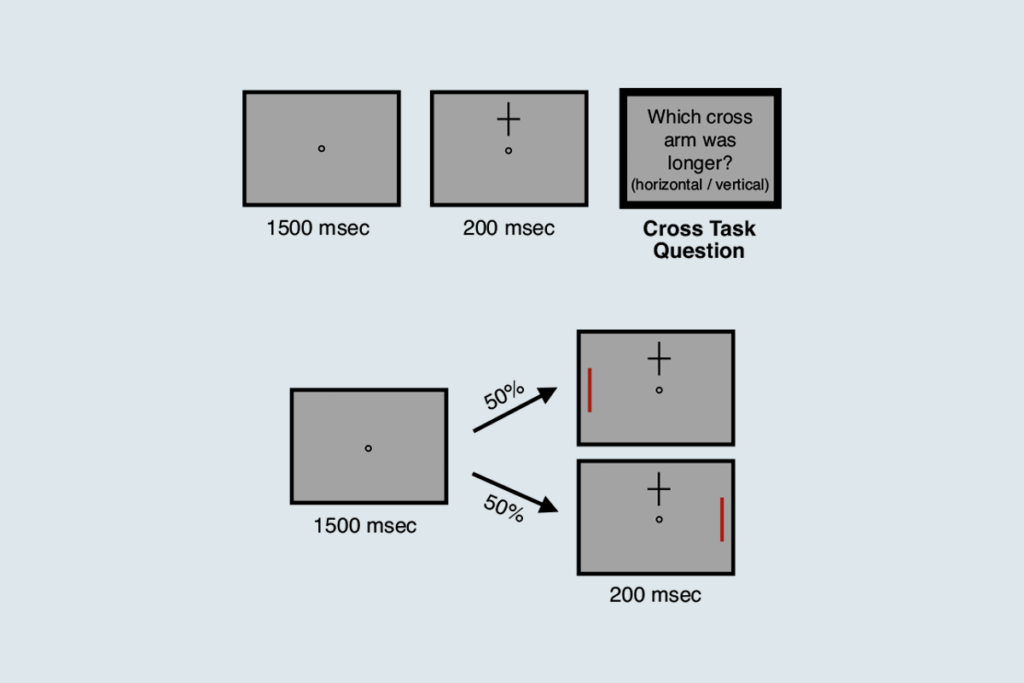Gerald Fischbach joined the Simons Foundation in early 2006 to oversee the Simons Foundation Autism Research Initiative. Formerly, he was dean of the faculty of health sciences and of medicine at Columbia University, and director of the National Institute of Neurological Disorders and Stroke at the National Institutes of Health (NIH) from 1998-2001. Fischbach received his M.D. in 1965 from Cornell University Medical School and interned at the University of Washington Hospital in Seattle. He began his research career at the NIH from 1966-1973. He subsequently served on the faculty of Harvard Medical School, first as associate professor of pharmacology from 1973-1978 and then as professor until 1981. From 1981-1990, Fischbach was the Edison Professor of Neurobiology and head of the anatomy and neurobiology department at Washington University School of Medicine. In 1990, he returned to Harvard Medical School, where he was the Nathan Marsh Pusey Professor of Neurobiology and chairman of the neurobiology departments of Harvard Medical School and Massachusetts General Hospital until 1998. Throughout his career, Fischbach has studied the formation and maintenance of synapses, the junctions between nerve cells and their targets, through which information is transferred in the nervous system. He pioneered the use of nerve cell cultures to study the electrophysiology, morphology, and biochemistry of developing nerve-muscle and inter-neuronal synapses. His current research is focused on the roles that neurotrophic factors play in determination of neural precursor fate, synapse formation and neuronal survival. Fischbach is a past president of the Society for Neuroscience and serves on several medical and scientific advisory boards. He is a member of the National Academy of Sciences, the American Academy of Arts and Sciences and the Institute of Medicine, a fellow of the American Association for the Advancement of Science, and a non-resident fellow of the Salk Institute.
Gerald D. Fischbach
Chief Scientist, Simons Foundation
From this contributor
Director’s column: 2012 in review
SFARI director Gerald Fischbach comments on the year’s most notable papers.
The year in review
The ten notable papers picked by SFARI staff describe superb contributions that span the breadth of autism research from molecules to behavior. But we recognize that ten other articles might have been selected without loss of enthusiasm or excitement.
Leo Kanner’s 1943 paper on autism
Donald T. was not like other 5-year-old boys. Leo Kanner knew that the moment he read the 33-page letter from Donaldʼs father that described the boy in obsessive detail as “happiest when he was alone... drawing into a shell and living within himself... oblivious to everything around him.”
Explore more from The Transmitter
Xiao-Jing Wang outlines the future of theoretical neuroscience
Wang discusses why he decided the time was right for a new theoretical neuroscience textbook and how bifurcation is a key missing concept in neuroscience explanations.
Xiao-Jing Wang outlines the future of theoretical neuroscience
Wang discusses why he decided the time was right for a new theoretical neuroscience textbook and how bifurcation is a key missing concept in neuroscience explanations.
Memory study sparks debate over statistical methods
Critics of a 2024 Nature paper suggest the authors failed to address the risk of false-positive findings. The authors argue more rigorous methods can result in missed leads.

Memory study sparks debate over statistical methods
Critics of a 2024 Nature paper suggest the authors failed to address the risk of false-positive findings. The authors argue more rigorous methods can result in missed leads.
Attention not necessary for visual awareness, large study suggests
People can perceive some visual information even if they do not pay direct attention to it.

Attention not necessary for visual awareness, large study suggests
People can perceive some visual information even if they do not pay direct attention to it.
